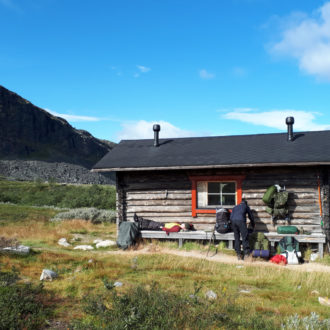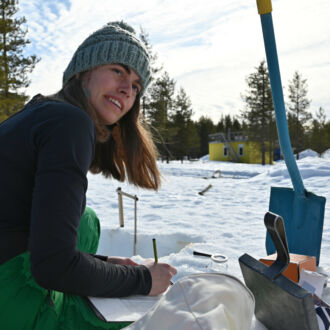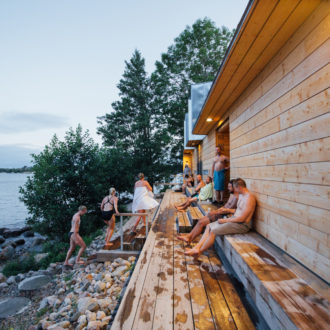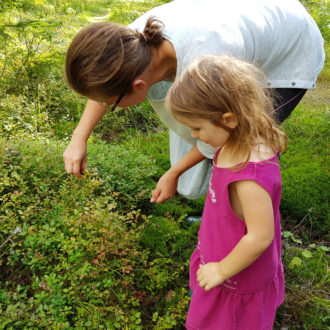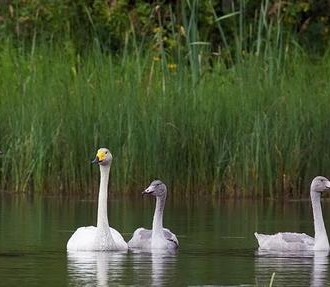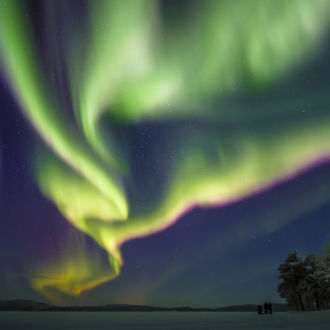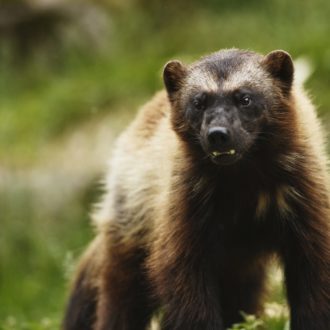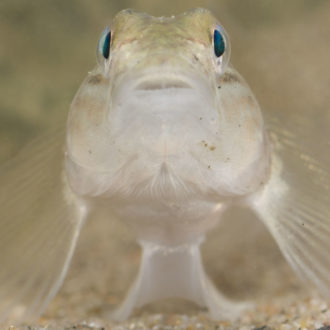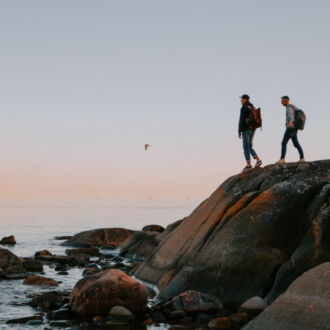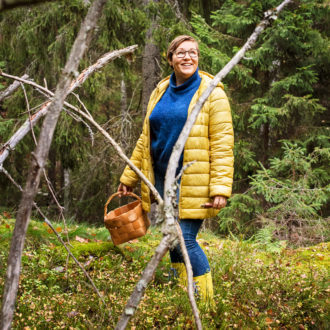Gentle waves break against the shore, and the sea stretches all the way to the horizon. The sun even comes out on a previously cloudy day.
Niko Halminen smiles as he admires the scenery. We’re at Varlaxudden, a recreation area on the southern coast of Finland. It is located about 25 kilometres south of the historical town of Porvoo, which is 50 kilometres east of Helsinki.
Not so long ago, this place would have been out of reach for Halminen and thousands of others. Recent improvements make all the difference, however: 300 metres of relatively smooth trail plus a final 50-metre stretch built with wooden planks. Now wheelchair users can enjoy the view right by the water’s edge.
Enjoying nature
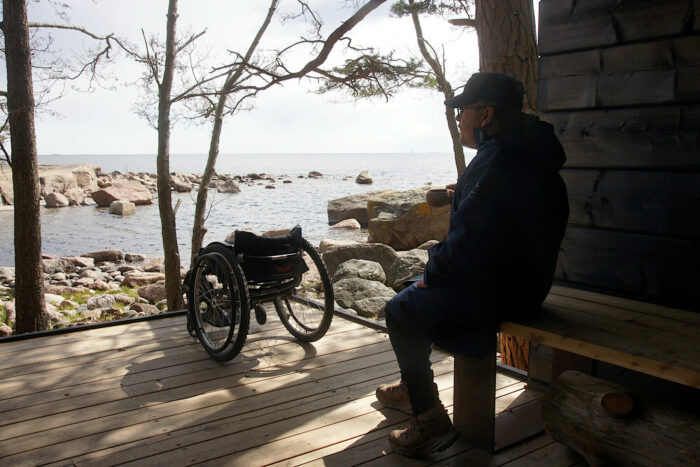
Not so long ago, this particular sea view would have been out of reach for Niko Halminen and thousands of others.Photo: Juha Mäkinen
Halminen was born with cerebral palsy, a disorder that affects mobility. For most of his adult life, he managed without mobility aids, but he started using a wheelchair four years ago.
“It took two cases of stress fracture for me to finally admit that I need a wheelchair if I want to maintain an active life outside of my home,” Halminen says.
He has been an avid outdoor person throughout his life, from childhood weekends at the family cottage to a recently found love of canoeing. He wants to enjoy nature as much as he can.
He also promotes accessibility in his professional life. Since 2022, he has worked at the Finnish Paralympic Committee, with the aim of advancing accessibility in outdoor recreation.
Recent improvements
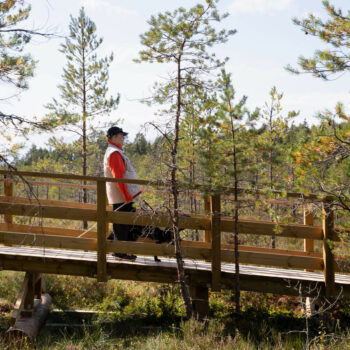
A wooden boardwalk spans swampy terrain at Kurjenrahka National Park in southwestern Finland. The Finnish word for an accessible trail is esteetön, which means “obstacle-free.”Photo: Katri Lehtola/Visit Finland
Halminen credits the Finnish municipalities and Metsähallitus (the state-owned enterprise that manages Finland’s national parks) for improving accessibility in recent years. Also, a growing number of wilderness guides now offer services for customers with special needs.
There are now dozens of accessible trails all over Finland. Metsähallitus alone has close to 40 kilometres of them at their national parks and nature reserves. The majority are very short, measured in hundreds of metres. Liesjärvi National Park boasts the longest, at 3.8 kilometres. It is located about 100 kilometres northwest of Helsinki.
In the far north, Pallas-Yllästunturi National Park, the country’s most popular park in terms of total visitor numbers, has half a dozen accessible trails. At Kurjenrahka National Park in southwestern Finland, visitors can traverse swampy terrain on a wooden boardwalk.
Good descriptions essential
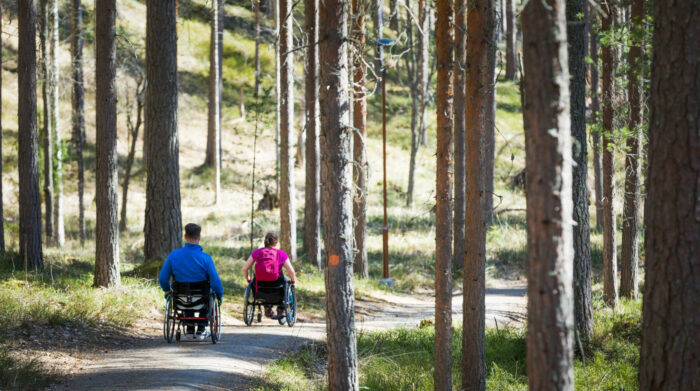
In eastern Finland, at the heart of one of the country’s most scenic landscapes, Punkaharju Nature Reserve offers an accessible trail.Photo: Petri Jauhiainen/Visit Finland
Accessible trails are divided into two categories: regular accessible trails are usually hard-surfaced, and in most cases a wheelchair user can navigate them without any assistance. On accessible trails classified as “demanding,” the surface may be softer and slightly uneven, and the trail may have a steeper gradient. Depending on the individual, a personal assistant may be required on demanding accessible trails.
Since people’s capabilities vary greatly, Halminen points out that it is essential to provide detailed trail descriptions online. That gives everyone the chance to check beforehand and estimate whether the trail is suitable for them.
The trail at Varlaxudden falls in the demanding category – and rightly so, says Halminen. Since he uses a manual wheelchair (as opposed to an electric one), the return to the parking lot means a hefty workout for his arms.
More than just trails
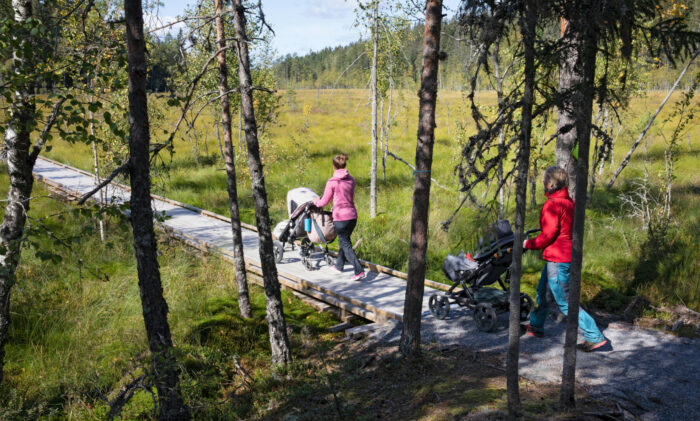
Accessible trails, such as this one at Kurjenrahka National Park in southwestern Finland, benefit everyone by expanding visiting possibilities for all kinds of people.Photo: Katri Lehtola/Visit Finland
Halminen emphasises that improving accessibility does not mean just building suitable trails. It is equally important to consider the full infrastructure, from campfire sites to dry toilets. If you can’t visit the toilet, even the easiest trail becomes inaccessible, practically speaking.
“It is also important to bear in mind that accessibility is not only about mobility,” Halminen says. “People with sensory or cognitive impairments should also be considered when planning accessible locations.”
As an example, Halminen praises the design of the dry toilet at Varlaxudden: clearly distinguishable colours and a skylight make it easier to use for people with visual impairments. “Making these places accessible means that they are accessible for everyone,” he says.
Mutual consideration
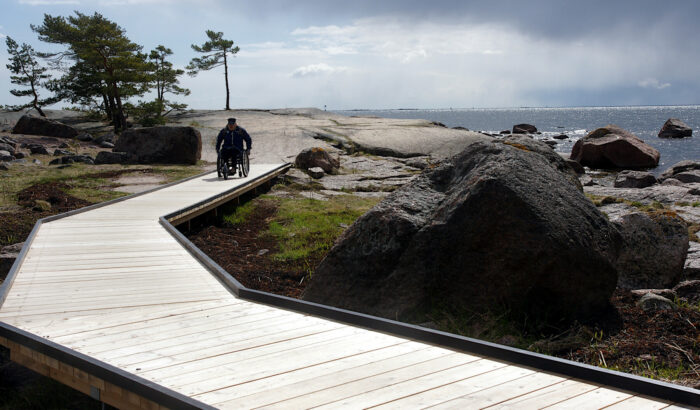
The accessible trail at Varlaxudden in southern Finland leads to the shoreline, to a smooth rock outcropping that is also navigable in a wheelchair.Photo: Juha Mäkinen
Driving back towards Porvoo, Halminen reflects on the experience. He thinks Varlaxudden was very nicely updated to make it accessible, and he says he will warmly recommend it to his peers. “They have done the necessary things, but not too much,” he says, pointing out that nature in itself can’t and shouldn’t be made completely accessible.
The only problem we encountered had nothing to do with either design or nature: someone had left a heavy log lying by the campfire location, blocking part of the platform. There’s a lesson there: maintaining accessibility requires a bit of consideration from other visitors, too.
At Varlaxudden, the trail leads to a broad stone outcropping on the seashore. In its natural state, without human intervention, the rock face is smooth and flat enough for a wheelchair.
By Juha Mäkinen, July 2023


